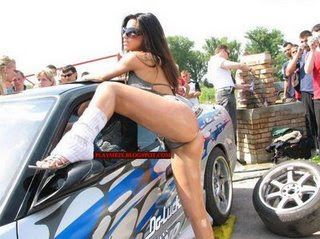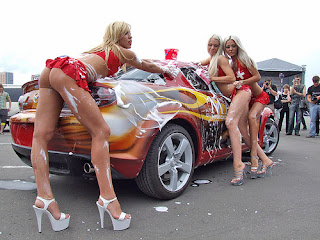
A step towards commercialization
Compared to the previous 307 Hybrid HDi demonstrator presented in 2006, the focus of the development has now switched to concentrating on the packaging of the hybrid technology into the structure of the new 308, and to ensure its compatibility with the future Euro V emission standards.
To ensure a competitive purchase price, priority has been given to using as many components as possible from current Peugeot vehicles. This has enabled the number of specific parts associated with the hybridization of the 308 to be reduced by around 30% compared to the previous 307 Hybrid HDi demonstrator.
A simple, automatic technology
The vehicle is started by a customary ignition key but, unlike a conventional vehicle, this does not start the diesel engine. Instead by pressing the accelerator pedal with the gearbox in automatic mode, the electric motor powers the vehicle. The diesel engine only operates when required and is controlled by a stop and start system. All the powertrain operating modes are controlled by a Power Train Management Unit (PTMU) according to the driver's requirements.
The driver is informed in real time of the powertrain operating mode by a schematic diagram on the vehicle's color multifunction display. Other information is also available, such as the battery charge status or the power train operation mode.
Well equipped and without compromise
The comprehensively equipped demonstrator has all the standard equipment of a Premium Pack 308 and also includes a panoramic glass roof and the RT4 multi-media system with a retractable color display screen. The level of standard equipment, interior space, interior brightness, dynamic qualities and drivability are no different to those of the standard 308.
General dynamic performance is also comparable to a standard 308 HDi. In-gear acceleration, however, both in town and on the open road, is improved with the Hybrid HDi. Indeed, during in-gear acceleration, the diesel engine is backed up by the electric motor which is able on demand to deliver a power boost of up to 31 bhp (and 96 lb ft of torque).




0 comments:
Post a Comment